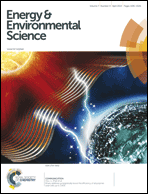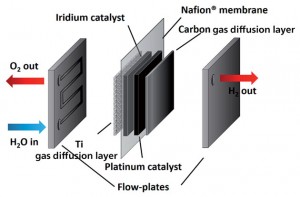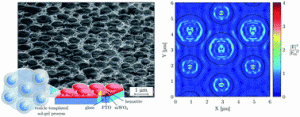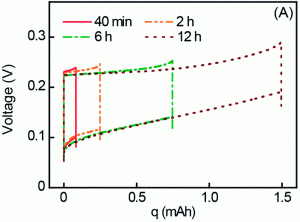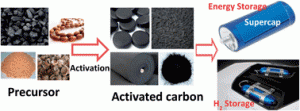Scientists in South Korea have created a material that emits bright white light when a stream of nitrogen is blown over it. The discovery paves the way for eco-friendly displays and lighting systems powered by natural winds.
Mechanoluminescence, where materials emit light under mechanical stress, is not a new phenomenon; in 1605 Francis Bacon reported seeing flashes of light when he snapped sugar crystals. But, as this required the crystals to be fractured, mechanoluminescence was not thought to have any practical applications until elasto-mechanoluminescent materials were discovered in 1999. These materials emit light under elastic deformation without being destroyed, and can be used for lighting, medical imaging or even as artificial skin.
However, all of the elasto-mechanoluminescent materials discovered so far have several associated problems. One problem is the light they produce is very faint, and is usually only as bright as luminescent paint. Another problem is that the light is coloured, often green or yellow, depending on the compounds used. This is a stumbling block for applications where white light is preferable.
Both of these problems have been addressed by Soon Moon Jeong’s team from the Daegu Gyeongbuk Institute of Science and Technology. By incorporating a mixture of coloured phosphors made from copper-doped zinc sulfide into a flexible plastic polydimethylsiloxane composite, the researchers created an elasto-mechanoluminescent material that emits white light. The colour of the light can also be tuned by changing the proportion each phosphor.
Interested to find out more? Read the full article by Stephen McCarthy in Chemistry World.
Read the original article in Energy & Environmental Science:
Bright, wind-driven white mechanoluminescence from zinc sulphide microparticles embedded in a polydimethylsiloxane elastomer
Soon Moon Jeong, Seongkyu Song, Kyung-Il Joo, Joonwoo Kim, Sung-Ho Hwang, Jaewook Jeong and Hyunmin Kim
Energy Environ. Sci., 2014, Advance Article
DOI: 10.1039/C4EE01776E











 developed by a team of researchers in the UK. It represents a significant step towards commercialising perovskite solar cells.
developed by a team of researchers in the UK. It represents a significant step towards commercialising perovskite solar cells.